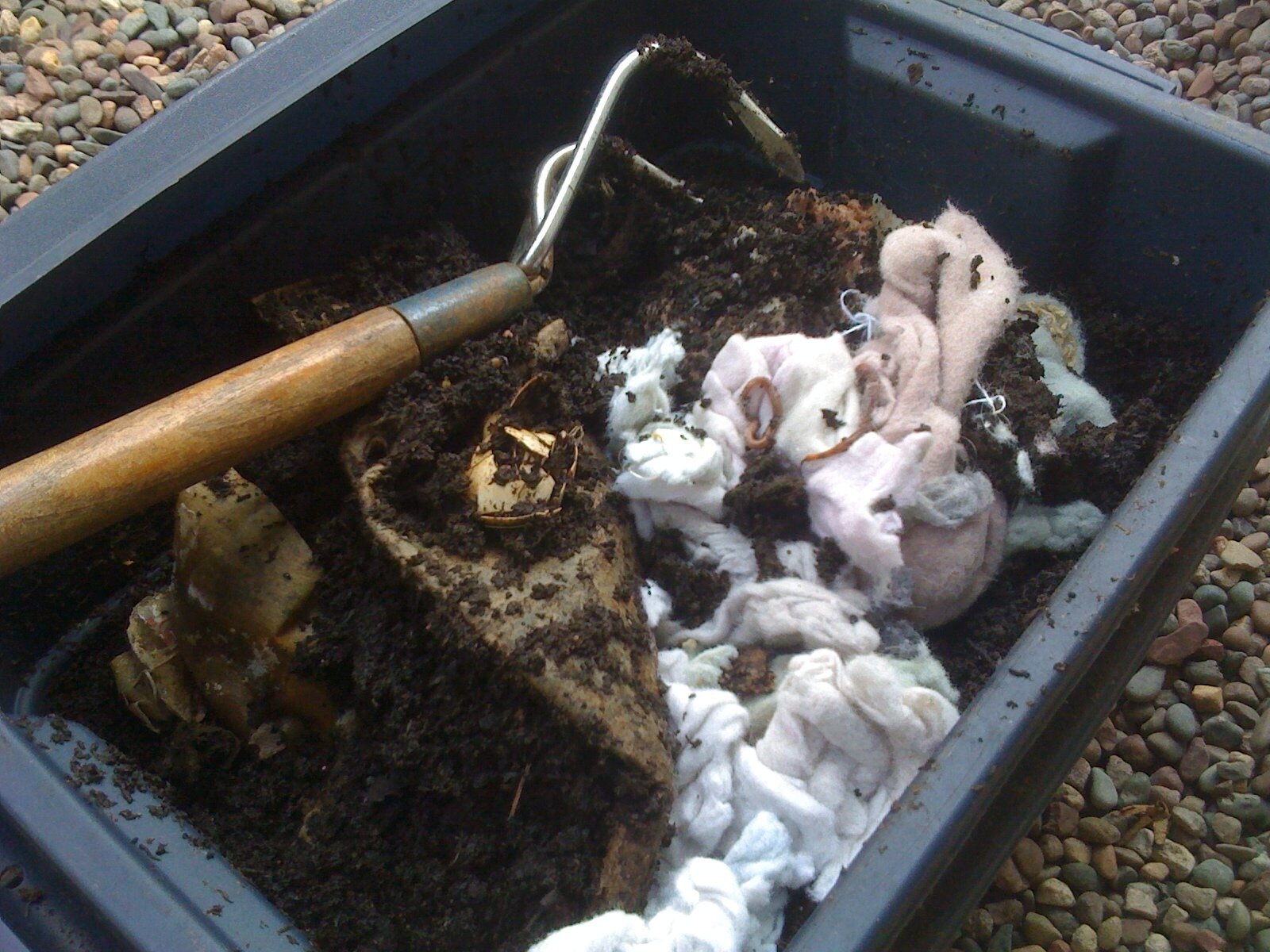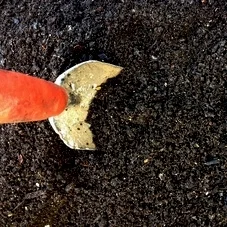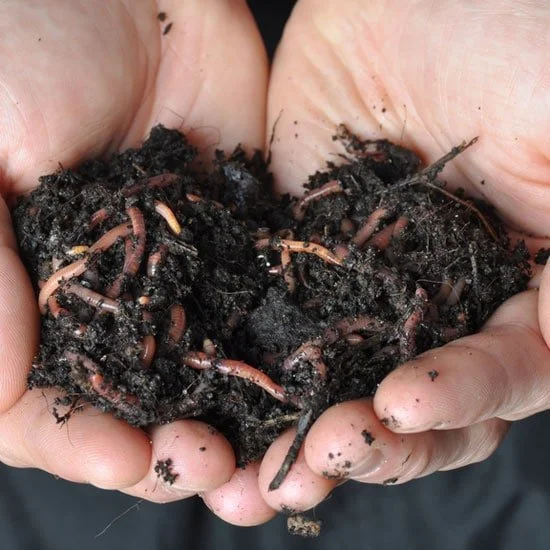Worm Composting

Just starting to add more food for the worms. On the menu: leftover peas, cotton dryer lint, coffee grounds, potato peelings, shredded cardboard. I’ll then cover with a folded sheet of newspaper and put on the lid.
I began worm composting about fifteen years ago when I picked up a beehive box on the side of the road. I didn’t know much about vermiculture, but I thought the box would work, I had worms in the lower regions of my compost bin and must have found some article on how to do it. I continued to feed the worms my vegetable scraps and coffee grounds for many years until the box fell apart. As needed, I harvested the rich worm castings, usually putting them in the bottom of planting holes.
About a year ago I resumed worm composting, this time following the directions on the Redworm Composting website. It’s a great introduction to vermicomposting. Using a small Rubbermaid bin, I wanted to see if this method would be suitable for apartment dwellers or those wanting to do it in the basement during the winter. With some attention and interest in the process, I think the answer is yes. For a two bin system, link to this website.
There are many commercial worm composters available online, but most cost about $100. Some cities and counties have programs for purchasing the units at reduced cost with attendance at a vermicomposting workshop.





